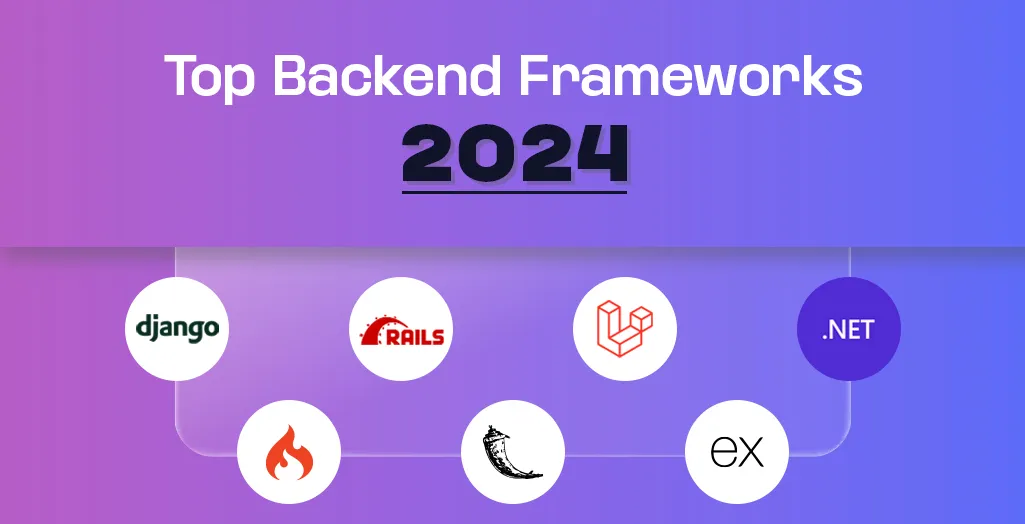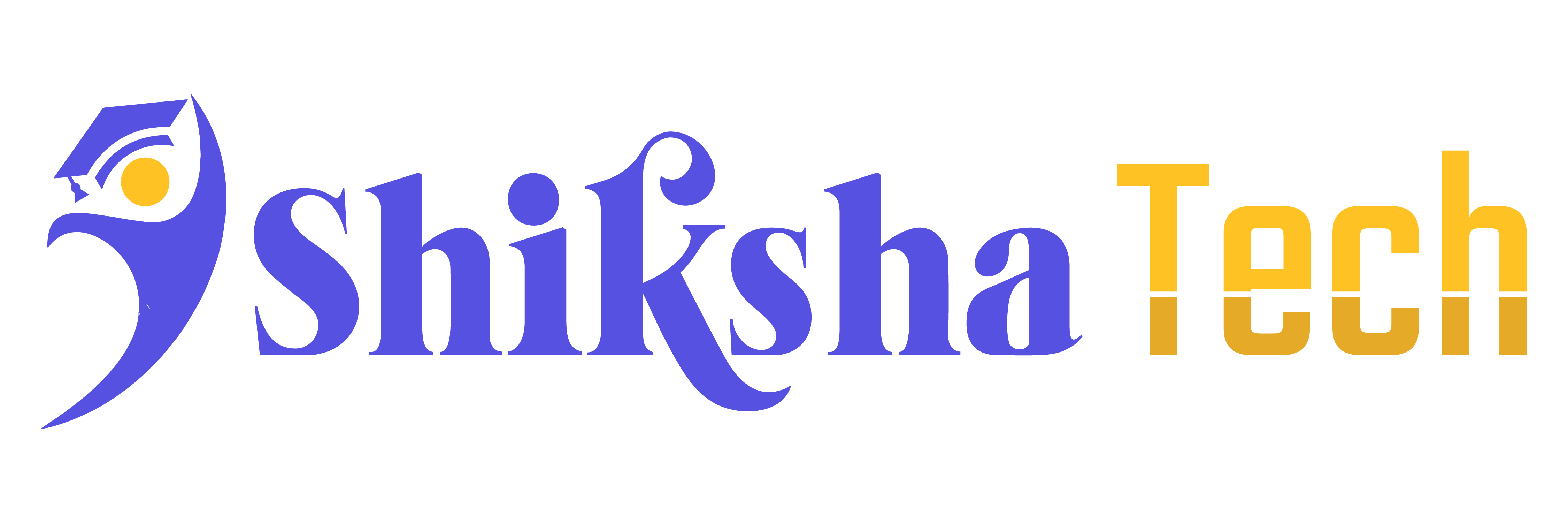Top Backend Technologies In 2024: Ultimate Guide to Backend Development
Top Backend Technologies In 2024 Backend development is the foundation of web and mobile applications. It powers the logic, database, and server-side operations to ensure seamless functioning of an app. If you’re planning to dive into backend development, it’s crucial to understand the technologies that drive this landscape. Here’s an ultimate guide to the top backend technologies:

1. Programming Languages
Backend developers use a variety of languages to build the server-side logic of applications. Here are the most popular ones:Top Backend Technologies In 2024
- Node.js (JavaScript):
- Use Case: Suitable for building scalable network applications.
- Advantages: Event-driven, non-blocking I/O, good for real-time apps.
- Popular Frameworks: Express.js, NestJS.
- Python:
- Use Case: Ideal for web development, data processing, AI, and machine learning applications.
- Advantages: Simple syntax, rich libraries, and frameworks.
- Popular Frameworks: Django, Flask, FastAPI.
- Java:
- Use Case: Great for large-scale enterprise applications.
- Advantages: Strong performance, stability, and scalability.
- Popular Frameworks: Spring, Hibernate.
- Ruby:
- Use Case: Known for rapid development in web applications.
- Advantages: Clean, readable syntax.
- Popular Frameworks: Ruby on Rails.
- PHP:
- Use Case: Widely used for web development.
- Advantages: Easy to deploy, large community, and CMS support (WordPress).
- Popular Frameworks: Laravel, Symfony.
- Go:
- Use Case: Great for microservices and cloud-native applications.
- Advantages: Concurrency support, fast performance.
- Popular Frameworks: Gin, Beego.
Top Backend Technologies In 2024
2. Web Frameworks
Web frameworks simplify backend development by providing a structure and pre-built components for server-side applications.
- Express.js (Node.js):
- A minimal and flexible framework for building web and mobile apps with Node.js.
- Django (Python):
- A high-level Python framework that encourages rapid development and clean, pragmatic design.
- Spring Boot (Java):
- A microservice-ready, production-grade framework that simplifies building Java-based applications.
- Ruby on Rails (Ruby):
- Popular for building web applications quickly with minimal configuration.
- Laravel (PHP):
- A PHP framework with elegant syntax that focuses on simplicity and rapid development.
Top Backend Technologies In 2024
3. Databases
Backend development is often intertwined with database management. Here are the key types of databases used:
- Relational Databases (SQL):
- Examples: MySQL, PostgreSQL, SQLite.
- Use Case: Ideal for structured data with relationships.
- Advantages: ACID-compliant, strong data integrity.
- NoSQL Databases:
- Examples: MongoDB, Cassandra, Redis.
- Use Case: Suitable for unstructured or semi-structured data.
- Advantages: Flexible schema, high scalability.
Top Backend Technologies In 2024
4. APIs (Application Programming Interfaces)
APIs allow communication between the frontend and backend. They’re essential for creating dynamic applications.
- REST (Representational State Transfer):
- A widely adopted architectural style for developing lightweight, scalable APIs using standard HTTP methods.
- GraphQL:
- An alternative to REST that allows clients to request specific data, reducing over-fetching of information.
- gRPC:
- A high-performance RPC (Remote Procedure Call) framework, useful for microservices and low-latency apps.
Top Backend Technologies In 2024
5. Servers
Servers handle requests from clients, processing and returning responses. Choosing the right server depends on performance, scalability, and security requirements.
- Nginx:
- A lightweight, high-performance web server used for handling large numbers of concurrent connections.
- Apache:
- A widely used open-source web server that supports dynamic web content.
- Node.js (as a server):
- Capable of acting as both a web server and an application platform, ideal for full-stack development.
Top Backend Technologies In 2024
6. Cloud Providers and Infrastructure
Modern backend development often involves cloud services for scalability, storage, and compute power.
- AWS (Amazon Web Services):
- Offers a broad range of services including EC2 (compute), S3 (storage), and RDS (database management).
- Google Cloud Platform (GCP):
- Provides powerful machine learning APIs, Kubernetes engine, and cloud storage.
- Microsoft Azure:
- Popular for enterprise solutions, with seamless integration with existing Microsoft products.
Top Backend Technologies In 2024
7. Containerization and Orchestration
These technologies help manage applications in isolated environments, ensuring consistency across development and production.
- Docker:
- Containerizes applications, allowing them to run consistently across various environments.
- Kubernetes:
- Orchestrates containerized applications for automated deployment, scaling, and management.
Top Backend Technologies In 2024
8. Version Control
Managing code versions is crucial for collaborative development and maintaining code history.
- Git:
- The most popular distributed version control system, with platforms like GitHub and GitLab supporting collaboration.
Top Backend Technologies In 2024
9. Security and Authentication
Security is critical in backend development, especially with user data and sensitive operations.
- OAuth 2.0:
- A protocol for authorization that allows third-party apps to access user data without exposing passwords.
- JWT (JSON Web Tokens):
- A compact, URL-safe token used for securely transmitting information between parties.
- SSL/TLS:
- Protocols for securing data transmission between servers and clients using encryption.
Top Backend Technologies In 2024
10. Testing and Debugging
Backend developers need robust testing frameworks to ensure the reliability of their code.
- JUnit (Java):
- A widely used testing framework for Java applications.
- Mocha (JavaScript):
- A testing framework that runs on Node.js, offering flexibility for testing asynchronous code.
- PyTest (Python):
- A robust testing tool for Python applications, supporting simple unit tests to complex functional tests.
Top Backend Technologies In 2024

